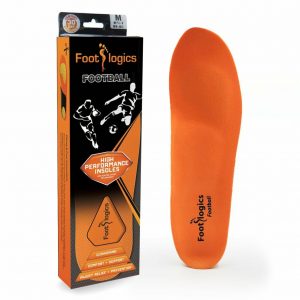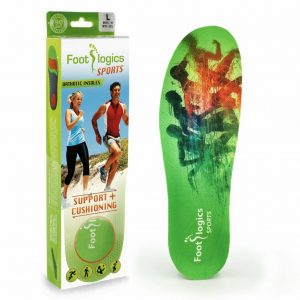Shin Splints (Shin Pain)
Recommended orthotic insoles for Shin Splints:
Shin Splints - (medial tibial stress syndrome)
“Shin Splints” is a broad phrase that describes a painful condition in the shin. Shin pain or inflammation can arise either in the anterior or medial aspect of the tibia.
Symptoms
Shin splints refer to the sensation of tightness and/or soreness experienced along the shins, particularly during activities such as jogging and walking over long distances. The ache typically subsides when one rests. Shin soreness is prevalent among individuals who have recently started running or walking.
What are the causes of Shin Splints?
Shin splints typically result from the overextension of muscles and tendons surrounding the shin bones, namely the tibia and fibula. The most prevalent factor contributing to overuse injuries in runners is excessive usage. The presence of muscle imbalance, particularly in the core muscles, can result in injuries to the lower extremities, as well as reduced flexibility and stiffness, all of which contribute to the development of this distressing condition.
Excessive inward rolling of the feet, known as over-pronation, is a significant causative element. Over-pronation, in essence, refers to the inward rolling of the feet and ankles. Excessive pronation is a biomechanical issue that causes the tibia to rotate internally, resulting in increased stress on the muscles and ligaments of the lower leg.
Therapy & treatment options
Based on the characteristics of your condition, you have several alternatives.
If the issue pertains to the bones, it is important to consult a doctor in order to obtain an accurate diagnosis. Stress injuries have the potential to develop into stress fractures, which can significantly impair your ability to participate in activities for an extended period of time. Additionally, it is crucial that you incorporate dynamic rest. Discover an alternative activity that does not exert strain on your lower limbs. Swimming and stationary bike are excellent options.
If the issue is related to muscles, the solution can be summarized in two words: Engage in foam rolling. One contributing factor to shin splints is the presence of taut fascia, which is the resilient tissue that envelops a majority of our muscles. To alleviate tightness in the fascia, it is recommended to roll your shins and calves on a foam roller for a few minutes multiple times throughout the day. Manual manipulation might also provide assistance.
If the issue is biomechanical in nature, it is recommended to utilize orthotics, such as arch supports, to address and rectify any biomechanical abnormalities in the feet. This will alleviate the strain on the affected muscles.
Furthermore, ice is frequently utilized as a therapeutic choice. Applying ice to your shin provides pain relief and reduces swelling. In order to achieve optimal outcomes, it is recommended to apply ice to the shin for a duration of 20-30 minutes, with a frequency of every 3-4 hours. Non-steroidal anti-inflammatory medicines (NSAIDs), such as aspirin, ibuprofen, or naproxen, can also be considered.
If none of these interventions prove effective, it is advisable to consult a medical professional or a physical therapist. In order to mitigate the occurrence of Shin Splints, it is crucial for athletes and runners to gradually increase their level of physical activity and consistently engage in a thorough warm-up routine.
Application of Footlogics Sports orthotics for therapeutic purposes.
Footlogics orthotics are beneficial for treating shin splints as they effectively mitigate over-pronation. Addressing excessive pronation will significantly decrease internal leg rotation, thereby alleviating stress and tension on the muscles and ligaments in the lower leg.
We suggest using Footlogics Sports for various athletic footwear such as sports shoes, joggers, runners, and cross-trainers. For soccer and football boots, we propose Footlogics Football.


